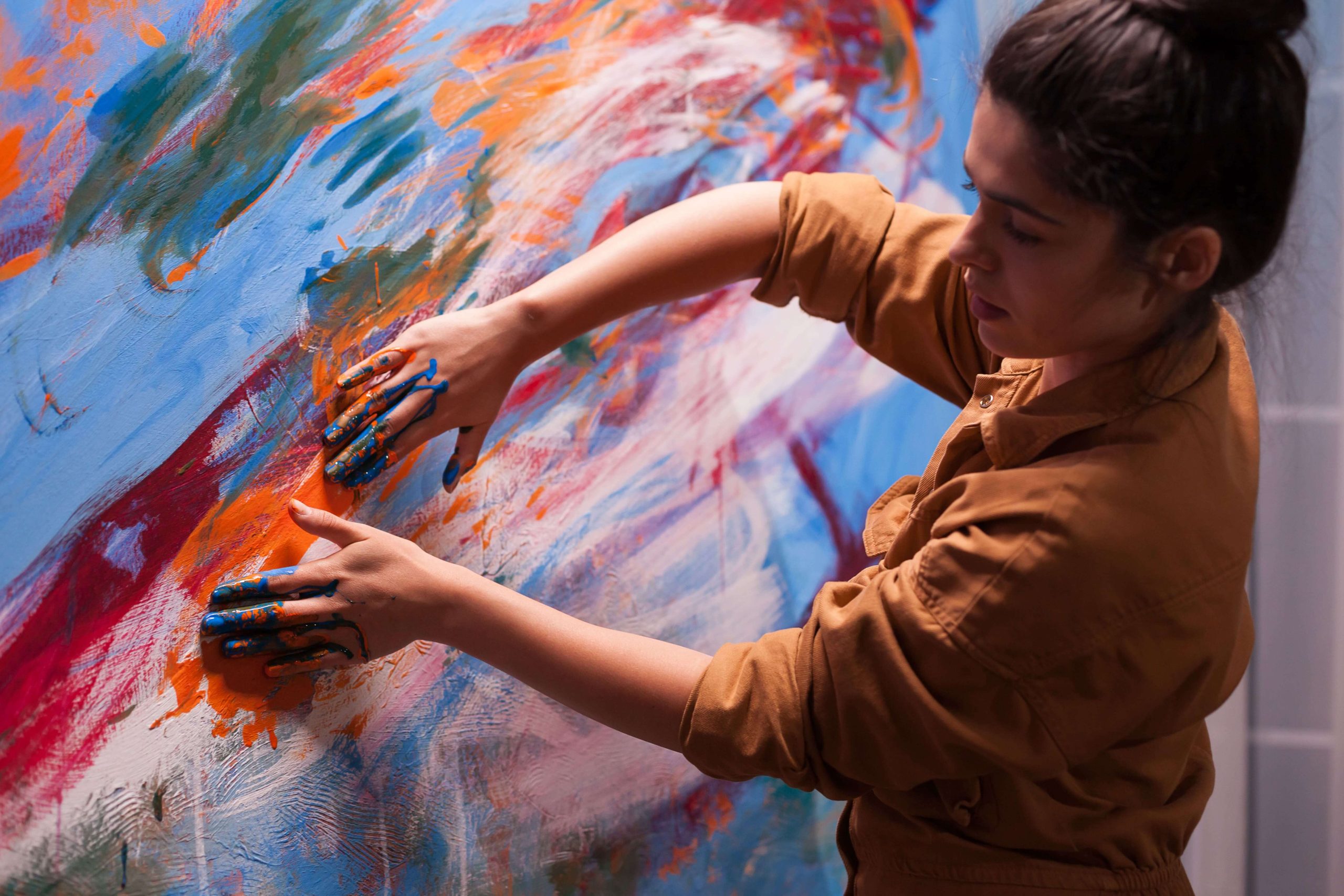The Filipino values art is an understatement and deserves more appreciation.
The depth of human potential has always been limitless, and the human mind’s capacity for creating things out of different experiences is one of mankind’s many feats. Generally speaking, the capability of humans to create art to express emotions, thoughts, and perspectives on different subjects and lived and unlived experiences has always been a subject of fascination.
In the art crafted by Filipinos throughout time, rich culture and history are evident in the work of such artists. With different mediums of art through which various emotions and thoughts may be evoked, perhaps knowing the Pilipino artist like sculptors in the Philippines listed below could inspire you to place similar great artistry from Filipino artists in your Crown Asia home or lot for sale.
Beacons of Philippine art. Here are famous Filipino artists that you should know
1. Eduardo Masferré
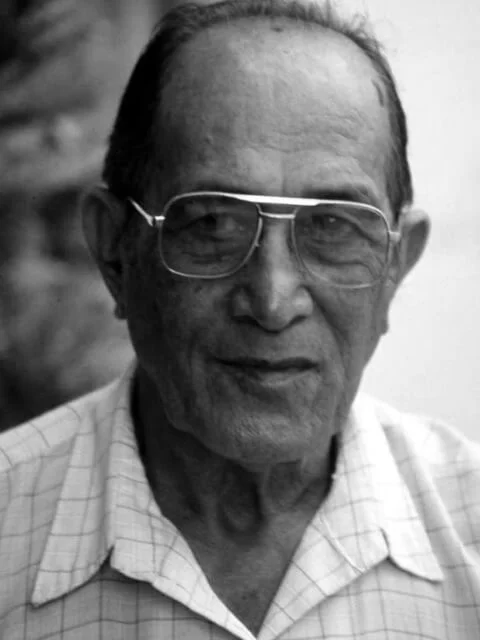
Photo from meetingbenches.com
Known as the “Father of Philippine photography,” Masferré is recognized for his artworks that document the lifestyle of the indigenous peoples living in the Cordillera region of the Philippines, from ceremonies and rituals to the daily living of such indigenous peoples. His photography art has been analyzed to take a “type emic ethnography value.” Ethnography focuses on studying cultures, and to take an emic approach to ethnography is to take an “insider’s approach” wherein the “perspective comes from within the culture itself.” Masferré’s work has been presented in exhibits and museums across the world, like the Americas, Europe, and Asia.
2. Guillermo Tolentino
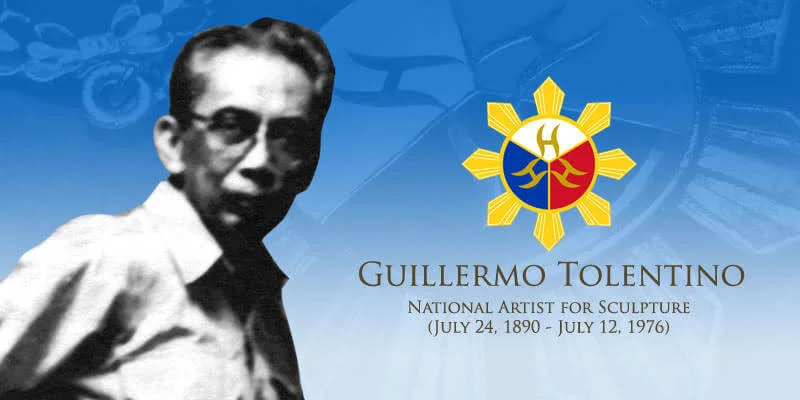
Photo from ncca.gov.ph
Tolentino’s recognition as the “Father of Philippine Arts” is not to be taken lightly as well as his works that are often dubbed as the most popular art in the philippines, as the craftsmanship of his sculptures holds great value to Philippine culture. One of his most known works is the UP Oblation, an emblem embodying the value of freedom on the campus of the University of the Philippines. The Bonifacio Monument is another work by Tolentino that captures the Filipinos’ cry for freedom amidst oppression in tangible form. Along with the bronze and gold medals of the Magsaysay Award and bronze sculptures of President Manuel Quezon at the Quezon Memorial, and many others, Tolentino’s work focuses on themes of national heroism.
3. Francisco Balagtas
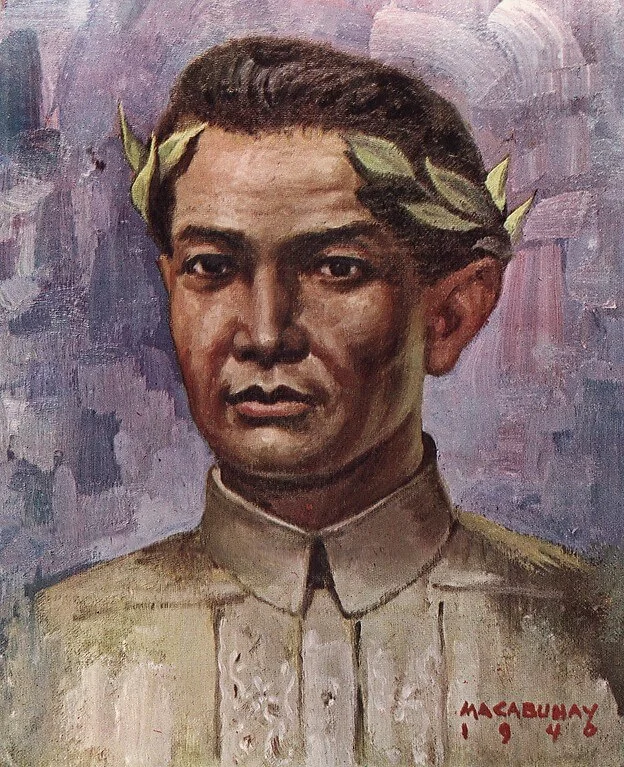
Photo from bayaningfilipino.blogspot.com
Balagtas is one of the acclaimed poets and writers during the Spanish colonial period to the extent that he is recognized as one of the greatest Filipino literary laureates because of his work’s “impact on Filipino culture.” At one point, Balagtas lived in Pandacan where he met a woman named Maria Asuncion Rivera who served as inspiration for Balagtas’ works. A man named Mariano Capule then “challenged Balagtas’ feelings for Maria,” in which Capule used his wealth to marry Maria and put Balagtas in prison. Such experiences were used by Balagtas to create parallels with his masterpiece work Florante at Laura, which is good literature to read in your lot for sale. Additionally, Balagtas wrote poems in Tagalog that exposed Spanish colonists’ abuses.
4. Fernando Amorsolo
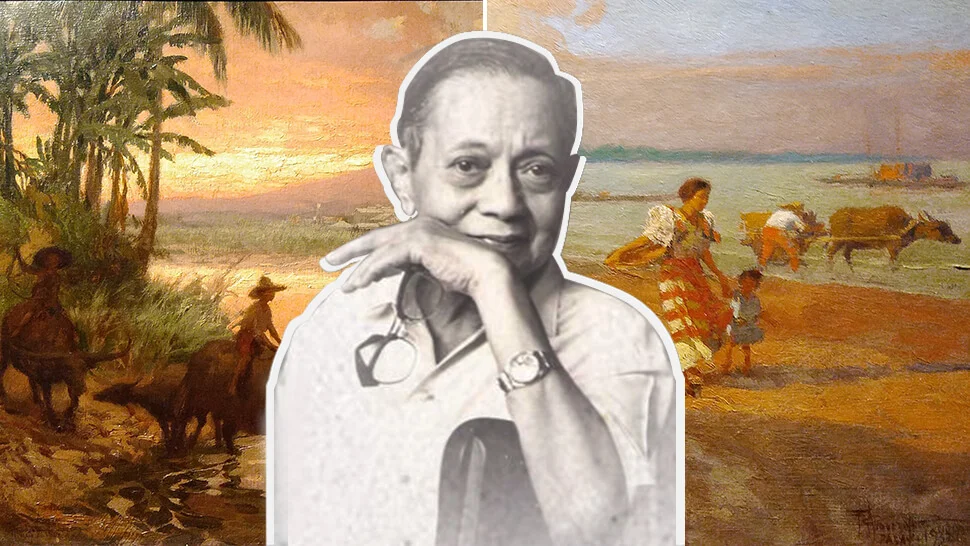
Photo from esquiremag.ph
Amorsolo’s works are praised for enriching the cultural heritage of Filipino art. With the title “Grand Old Man of Filipino Art,” Amorsolo’s works could be identified by his trademark artistry – “a cluster of leaves, a spill of hair, the swell of breast” – which could be observed when looking at the craftsmanship prowess of his paintings. Hence, Amorsolo’s work captures the essence of Filipino provincial life on the colors of a canvas, illuminated landscapes, and most especially when it comes to “rendering the iconic provincial Filipina.” Such paintings would definitely give your lot for sale a great rustic aesthetic. Several notable works of his include but are not limited to Planting Rice, The Mestiza, Maiden in a Stream, Dalagang Bukid, and the portrait of President Ramon Magsaysay.
5. Napoleon Abueva
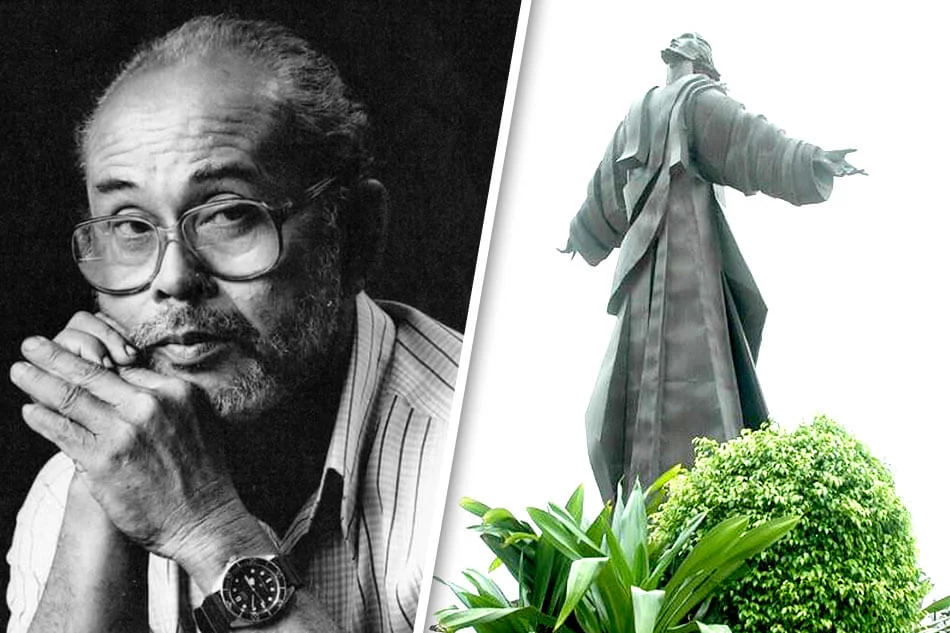
Photo from news.abs-cbn.com
Having had Guillermo Tolentino, the famous sculptor, as his own mentor, Abueva was on the path towards making his own mark in enriching the cultural and artistic heritage built by the legacies of Filipino artists. Utilizing numerous mediums for his sculptures, Abueva “modern abstract and academic representation style” sculptures with many materials – coral, iron, marble, brass, stainless steel, alabaster, bronze, and the like. He also made use of different kinds of hardwood, such as palm wood, langka wood, molave, bamboo, acacia, and the like. The different materials explored by his works could perhaps inspire the idea of placing sculptures of different materials in one’s lot for sale. Notable works of his include but are not limited to Nine Muses, Kiss of Judas, Thirty Pieces of Silver, and Kaganapan. Napoleon Abueva was also commissioned by the Philippine Government to create 19 high relief structures at the colonnade of the Mount Samat National Shrine.
6. F. Sionil José
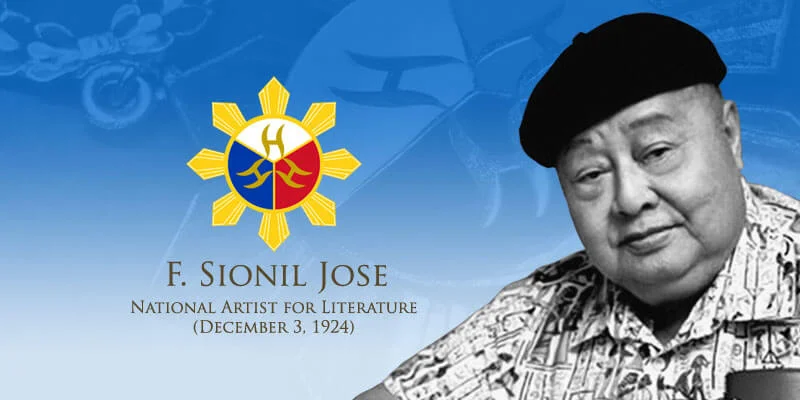
Photo from ncca.gov.ph
The literary works of Sionil José put him at the “forefront of Philippine writing in English.” The content of his writings has served to have made an impact on the social commentary of Philippine society. His legacy in ink centers around themes of the Filipino’s aspirations for social justice and the value of national sovereignty. One of his great works includes The Rosales Saga, a masterpiece story comprised of five novels that narrate the lives of the Samsons, whose experiences witness the social issues and struggles that are present in the Philippines. Moreover, Sionil José’s stories explore subjects involving class divisions in society and the hardships of poverty.
7. José Joya
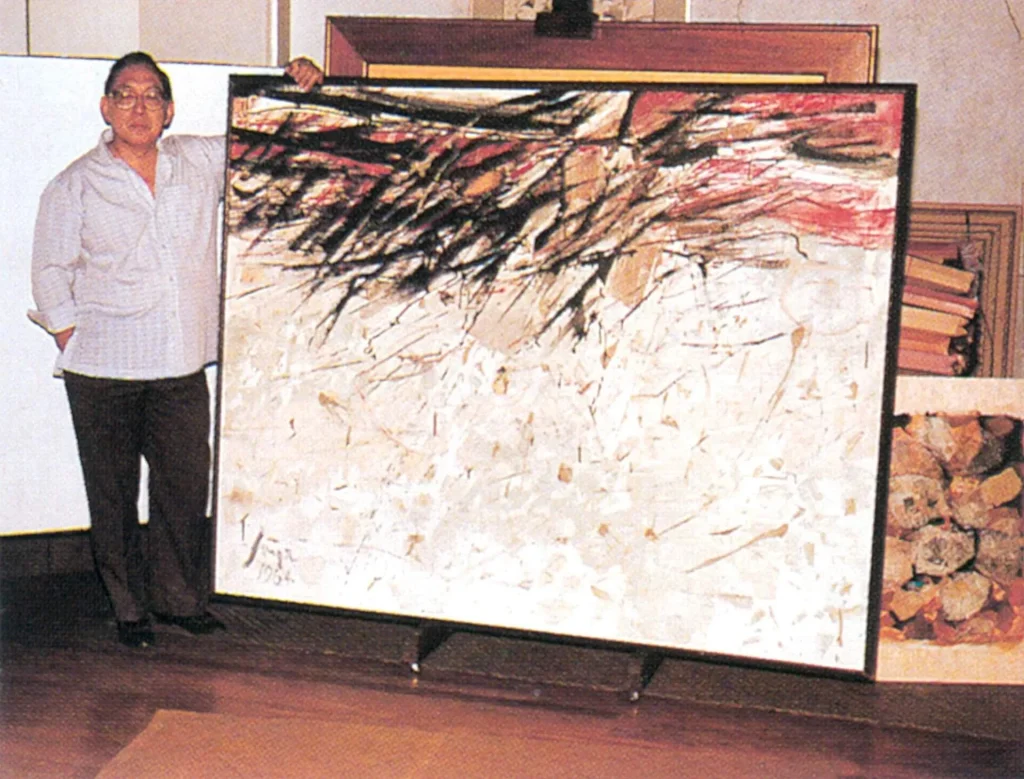
Photo from tatlerasia.com
Joya’s artistry as a painter is recognized by the colorful strokes of his abstract art that evoke a vibe of oriental living. Many of his works were inspired by much of the rural side of Philippine landscapes, “such as green rice paddies and golden fields of harvest.” With this inspiration in mind, Joya crafted his paintings through brush strokes that use both vibrant colours and broad strokes; and in such a spontaneous manner of application, which his skill for painting showed his “mastery of ‘gestural painting in his works.” Notable works of his are included but are not limited to: Hills of Nikko, Naiad, and Torogan. His work titled Grandean Abaresque would be a great piece to have in a lot for sale with a Scandinavian-style interior design.
Jose Joya was given the title of National Artist in 2003, eight years after his death – He remains a pillar of Filipino modern art. One of his students, Benjamin Cabrera, fondly known as BenCab is a prominent head of contemporary art in the Philippines currently. BenCab was awarded the Order of National Artists of the Philippines in Visual Arts in 2006. As such, Joya was also the dean of the College of Fine Arts at the University of the Philippines. He inspired and mentored many artists.
Check Out Our Smart Condo In Tagaytay!
8. Arturo R. Luz
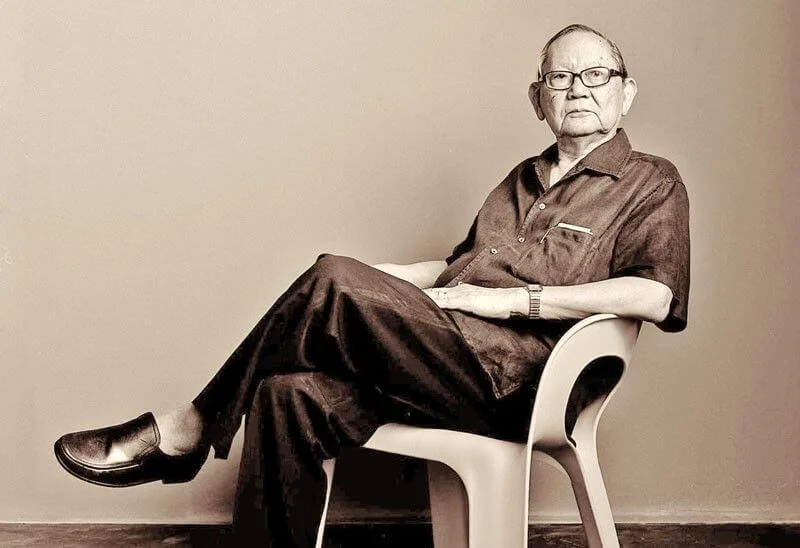
Photo from philstar.com
The sculptures that were crafted by Luz are trademarked by their ability to “elevate the Filipino aesthetic vision to new heights of sophisticated simplicity.” What makes Luz’s works distinct is that many of them are small in size for sculptures. Despite this, however, his artwork made its impact by “exemplifying an ideal of sublime austerity in expression and form.” Notable works of Luz include but are not limited to: Figura II, Tribal, Anito, and Zobel: Homage to Fernando Zobel.
9. Juan Luna
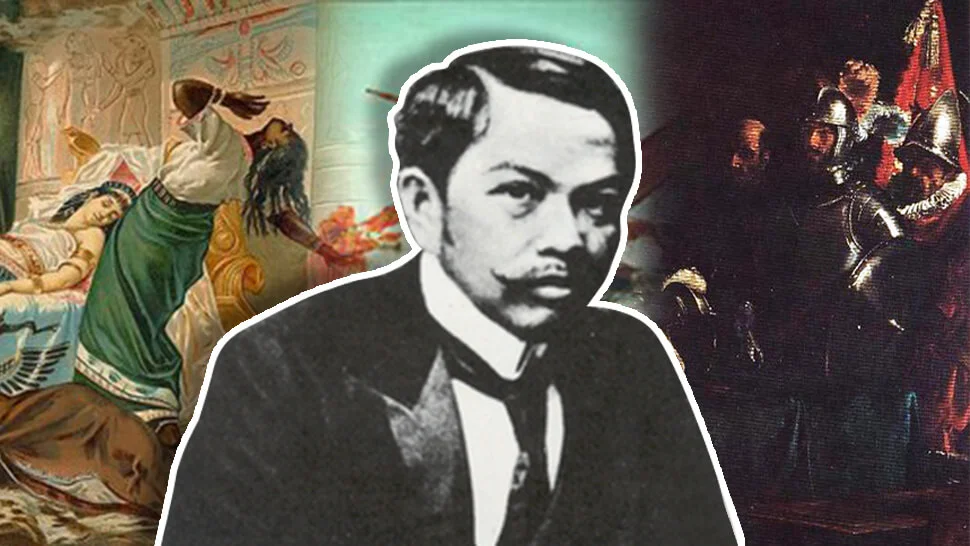
Photo from esquiremag.ph
As one of the most acclaimed and recognized painters in Filipino art, Juan Luna’s works have always caught the attention of spectators with the stories his works would tell. Luna’s paintings are said to be prime examples of Realism and Romanticism art; and his dynamic style of painting has won him many awards, which he even won the favor of the King of Spain during his time. His notable works include but are not limited to: The Death of Cleopatra, Mestiza Lady at her Dresser, Tampuhan, and The Parisian Life. Arguably his famous work, Spoliarium, is famously displayed in the main gallery of the National Museum.
10. José Rizal
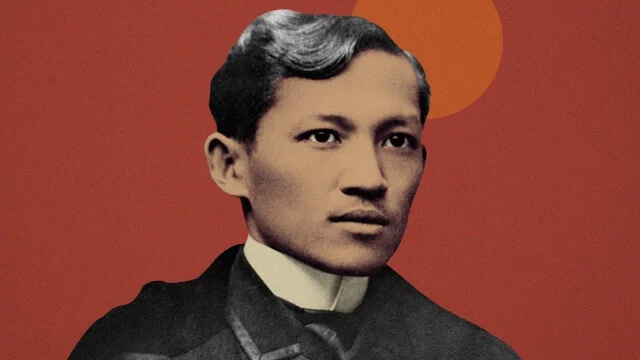
Photo from spot.ph
Recognized as the Philippines’ national hero, José Rizal was not only a polymath who could speak several languages, but he was also a political activist who had an excellent skill for writing. The prowess of his literary works during the Spanish colonial period was ferocious in exposing the injustices and evils that the Spanish colonists enacted upon Filipinos during the Spanish rule in the Philippines. His works revolving around such are most well-known through two of his novels: Noli Me Tangere and El Filibusterismo. If you’re looking for great picks for reading in your lot for sale, these two novels are a must-read for their story and quality!
These are only a few of the numerous Filipino artists. Let them be a model for young artists to continue on their path to different arts.


